The internet is transitioning to Web 3.0 from Web 2.0, which will focus better on user privacy, blockchain-related enhancements, and cryptocurrency payments.
Web browsers will become the primary way to experience decentralized websites. You probably know what a browser is, but what is a web3 browser?
Web3 browsers allow you to access the decentralized web and dApps, integrate cryptocurrency, provide faster browsing, and focus on user privacy. Web3 browsers are required to interact with applications built on the blockchain because Web 2.0 browsers do not support these features.
Web3 browsers focus on your privacy and offer a variety of perks. Additionally, you need a Web3 browser to access blockchain-based platforms.
Let’s take a better look at what a Web3 browser is and why you made need one.
What is a Web3 Browser?
A Web3 browser will allow you to browse the decentralized web and access decentralized apps which are built on top of the blockchain.
Web3 browsers have blockchain integration, support crypto wallets, and integrate peer-to-peer file hosting solutions.
A Web3 browser wouldn’t be complete if it didn’t come equipped with its own Web3 wallet.
The Web3 browsers mentioned in this article all come with their own Web3 wallet as well that allows you to buy, sell, and trade crypto and other digital assets.
What is the best Web3 browser?
There are several browsers right now that are among the best. They include Brave, Osiris, Opera, Beaker, and Puma. However, there is one Web3 browser in particular that stands out as the best Web3 browser.
1. Brave
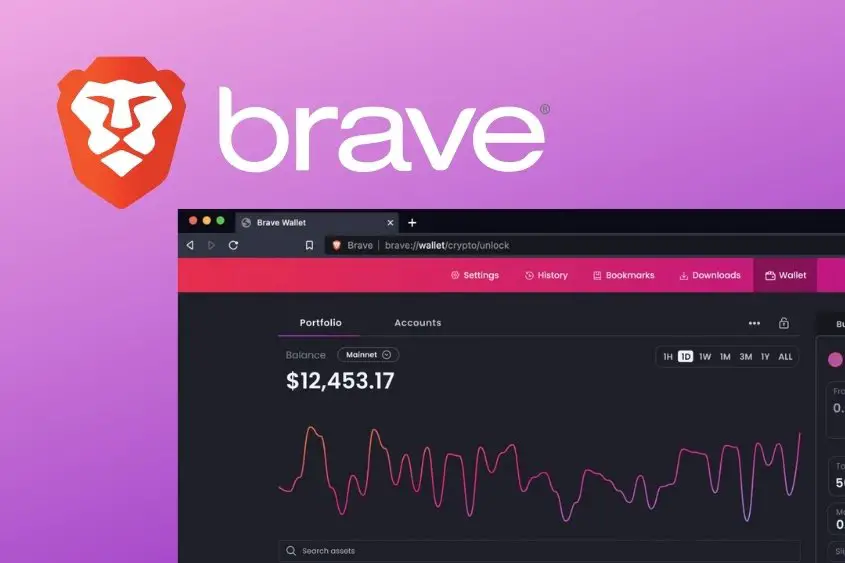
Brave is the best-known Web3 browser on the market. It is free to use and open source. It has privacy-preserving features, ad blockers, and an integrated crypto wallet.
You can easily download it on your Android, iOS, and PC. It recently integrated Interplanetary File System or IPFS support, which offers users a built-in decentralized file storage solution.
Additionally, Brave comes with its own Web3 Wallet called Brave Wallet. Here are some things you can do using the Brave Wallet:
- Buy, store, and swap digital assets
- Purchase fiat, using Wyre
- Get NFT and multi-chain support
- Connect other web3 dApps
- Import hardware wallets like Trezor and Ledger (no LedgerLive required)
- View live market data (via the CoinGecko integration)
- Receive EVM compatible network support (e.g. Polygon, Binance Smart Chain, xDai, Avalanche, and more)
If you are looking to try out other Web3 browsers besides Brave, the following are some honorable mentions, each with its own perks.
2. Osiris
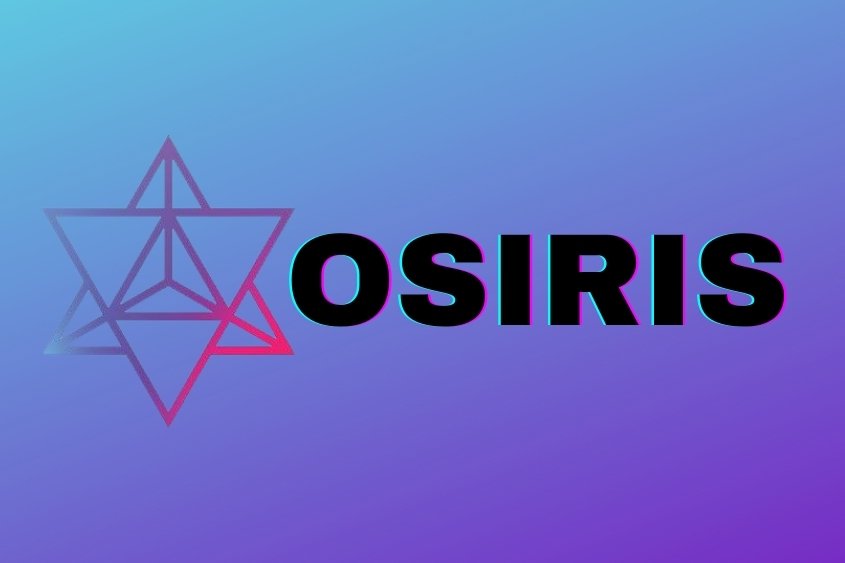
Osiris links users with multiple blockchain networks. It is also available for download on Android, iOS, and PC. It boasts a built-in crypto wallet, a sleek user interface, and it emphasizes user privacy and functionality.
The Osiris Web3 browser also comes with its own integrated Web3 wallet called Metawallet. Here’s what the Metawallet features:
- Wallet is integrated into the Osiris browser
- Acts as a layer 2 solution, meaning faster transactions
- Bridge between different blockchains, saving you on gas fees (ACE, DOT, ETH, and TRX)
3. Opera Crypto Browser
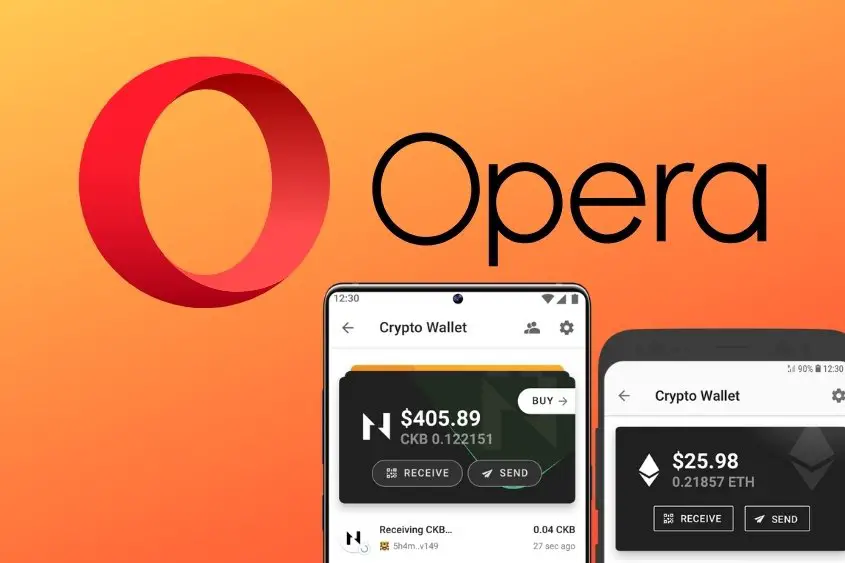
Opera Crypto Browser is fast, efficient, and focused on privacy. Users benefit from a custom-fit browsing experience with tailored advertisements and a built-in ad blocker. It offers a cross-chain crypto wallet.
The Web3 Wallet that you can use with Opera is called a Multi-Network Wallet. The Multi-Network Wallet features include:
- Built-into the Opera browser
- Acts as your online identity and signature when browsing decentralized platforms
- Supports other blockchains like CBK, ETH, and TRX, with more coming soon
- Private key is stored on your device, meaning your device is your hardware wallet
4. Puma
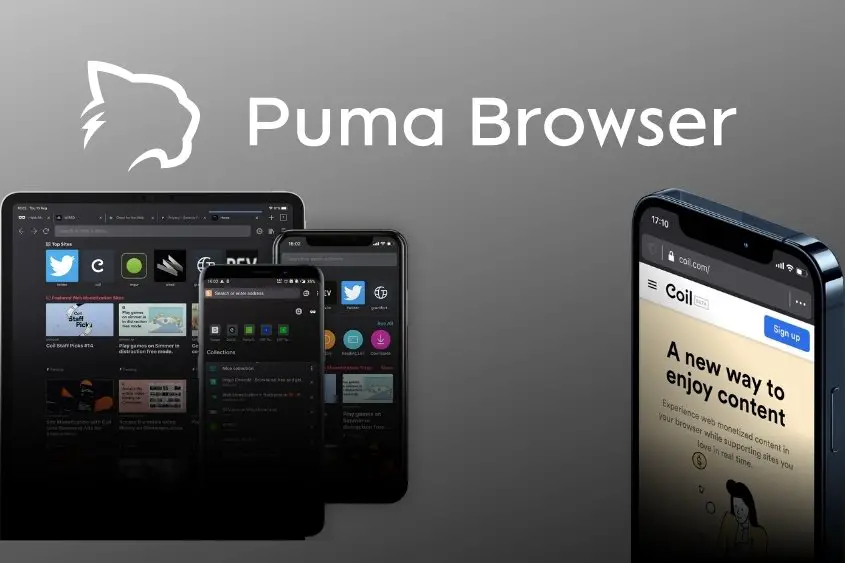
Puma is a Web3 browser focused on preserving privacy. It is a mobile browser available for Android and iOS. It features peer-to-peer file hosting, prevents website trackers, and features web monetization tool integration. This last feature is used to pay creators without any intermediaries.
5. Beaker
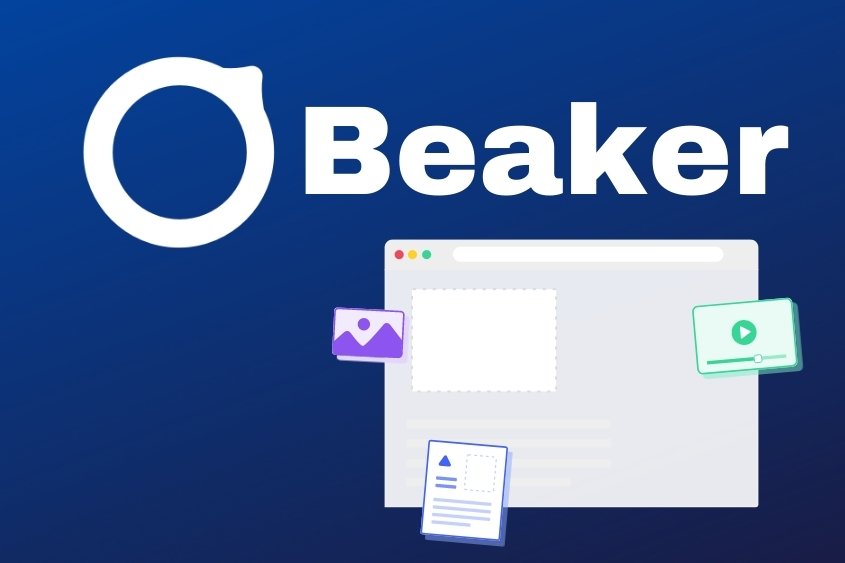
The Beaker browser integrates both centralized and decentralized software, so you can’t say that is a true Web3 Browser, but it does have its’ perks. You can create your own websites and host them directly within the browser.
Beaker features a website editing suite, a range of tools, and application programming interfaces. The browser also features peer-to-peer file sharing. Beaker is available for Mac, Windows, and Linux.
How to access a web3 browser
You can easily access any Web3 browser using your Metamask wallet browser, or you can use your choice of Web3 browsers including:
- Brave
- Osiris
- Opera
- Beaker
- Puma
Once you determine which Web3 wallet you want to use, then you will either:
- Download the browser of your choice
- Install a browser extension on your regular browser to make it Web 3.0 friendly
All you have to do is choose one of these browsers and download it to your computer. Then open the app, follow the steps, and begin browsing.
If you want to continue using Chrome, Firefox, Edge, or Tor, simply add the MetaMask browser extension. This extension turns your ordinary browser into a Web3 browser that interacts with Ethereum DApps.
Why use a Web3 browser?
You need to use a Web3 browser if you want to visit decentralized platforms or DApps. Current browsers don’t support decentralized platforms. Additionally, you can only access some decentralized platforms if you sign for authorization, which can only be done using a Web3 wallet via a Web3 browser.
With the upgrade of the internet to Web 3.0, there are some websites and apps that your current browser just will not be able to interact with. You will have to upgrade to a Web3 browser.
Decentralized social media platforms and Web3 browsers often pay users to watch advertisements or engage with content without selling their data.
Web3 enables users to monetize their data and keep the larger part of the profits without lining the pockets of big tech billionaires.
Web3 aims to provide all of the same useful functions as Web2. However, it seeks to remove the central authorities that prevent innovation and warp our online experience and creativity.
What is the difference between the decentralized web and the centralized web?
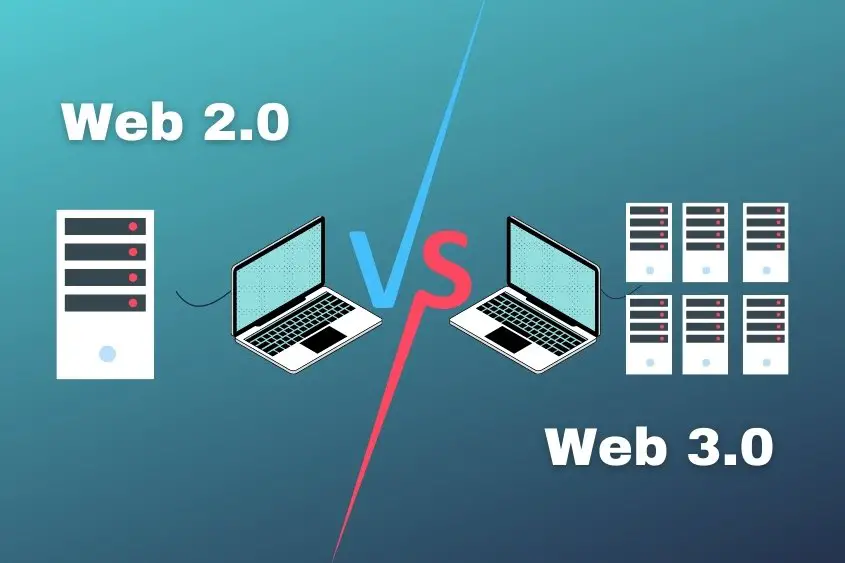
The centralized web means that a central authority maintains the data, and there is a lot of censorship. A decentralized web means less censorship because there are many ways for information to spread across the internet and multiple servers.
Communication may be faster on a centralized web because every network member is connected to a central authority.
A decentralized web may potentially be very distant from each other, with messages taking quite some time to cross the network.
A centralized web is usually easier to implement and has higher performance. A decentralized web is usually more complex to implement and has lower performance, at least for now.
In the event of conflicting data in a centralized web, the central authority will handle the situation.
A protocol that is often complex will be needed in a decentralized web if peers disagree about the state of data participants are meant to agree on.
In a decentralized web, there is no central point of failure. Even if multiple participants are attacked, the network can still function.
The central authority can be taken out in a centralized web, destroying the entire network.

2 thoughts on “What is a Web3 Browser? A Complete Beginner’s Guide”
Comments are closed.